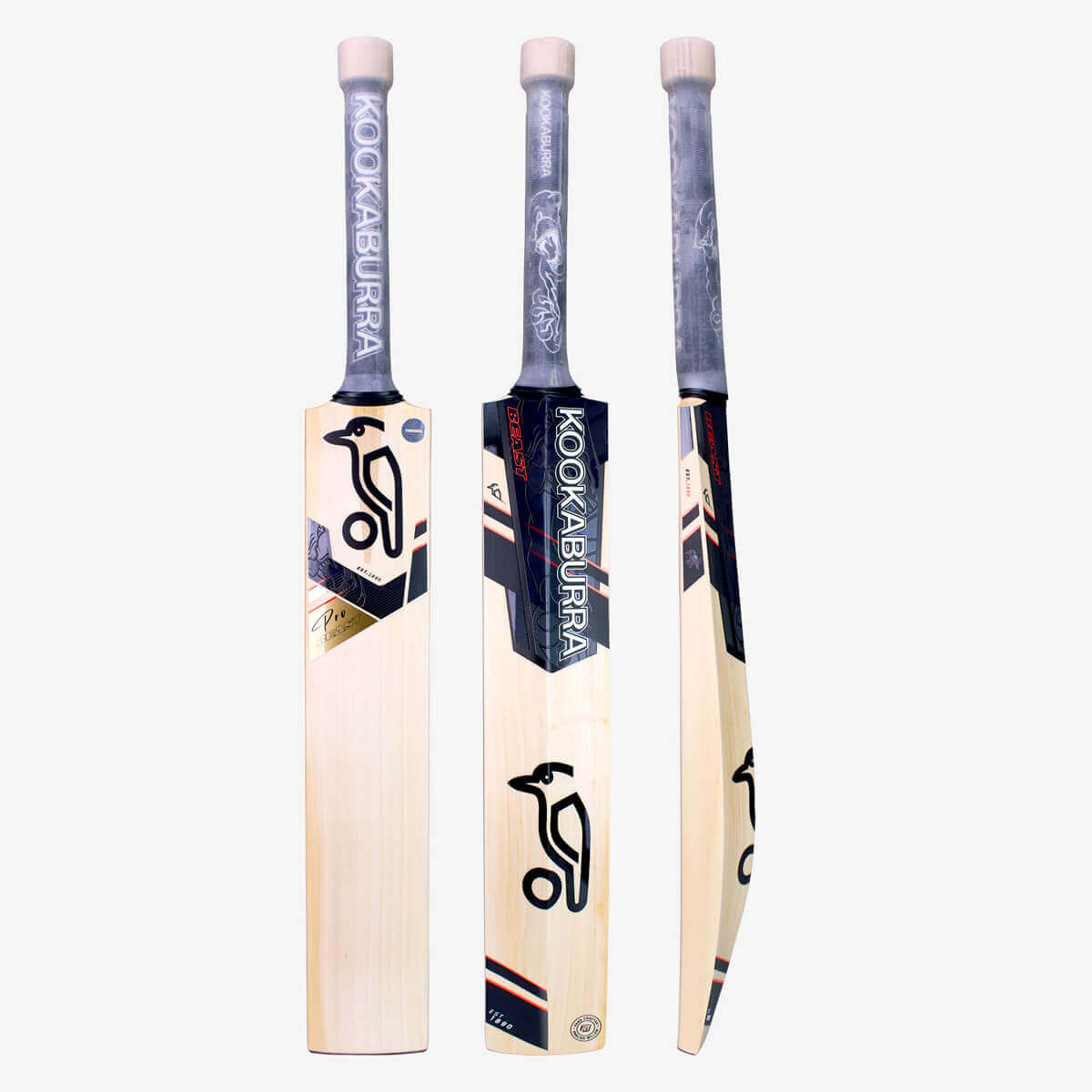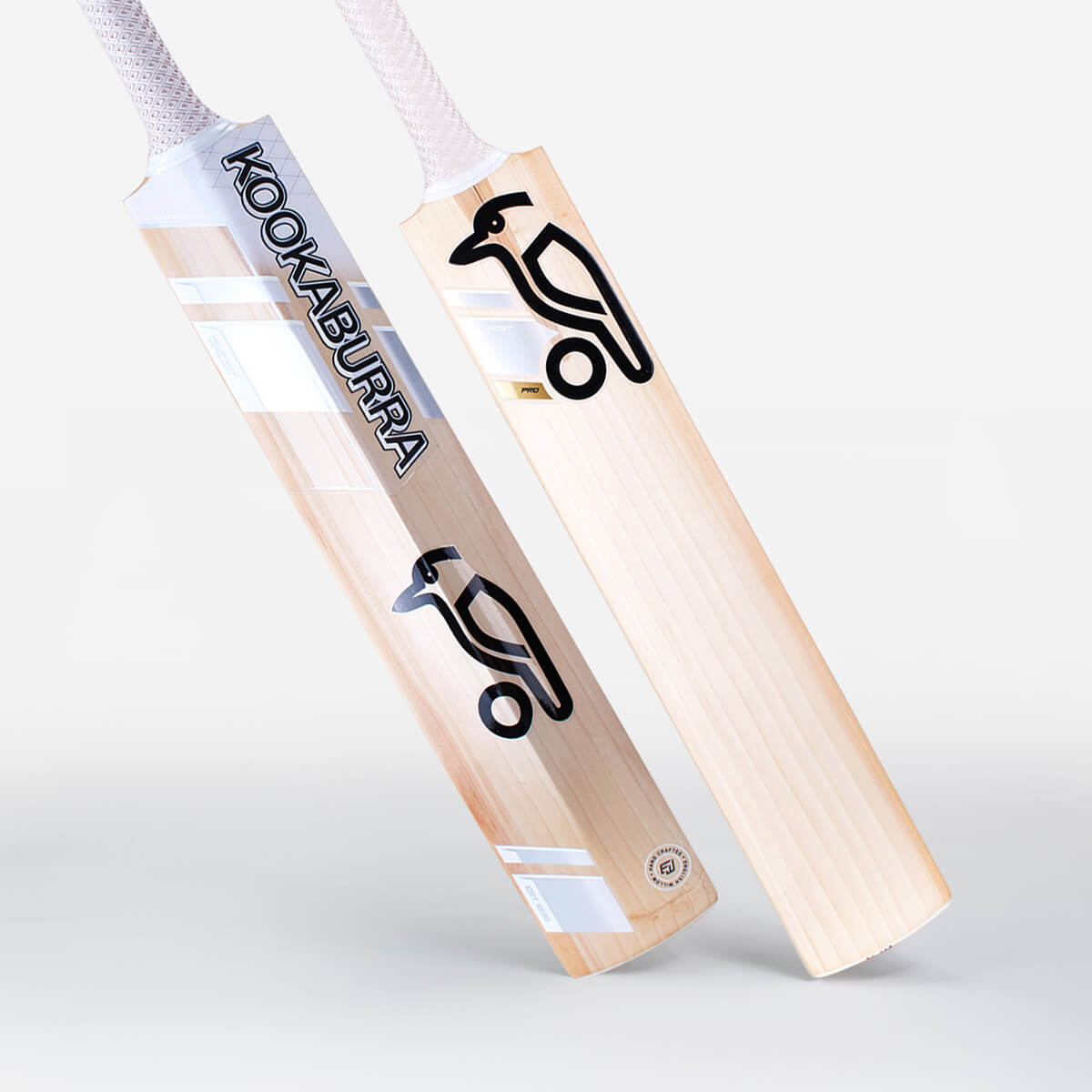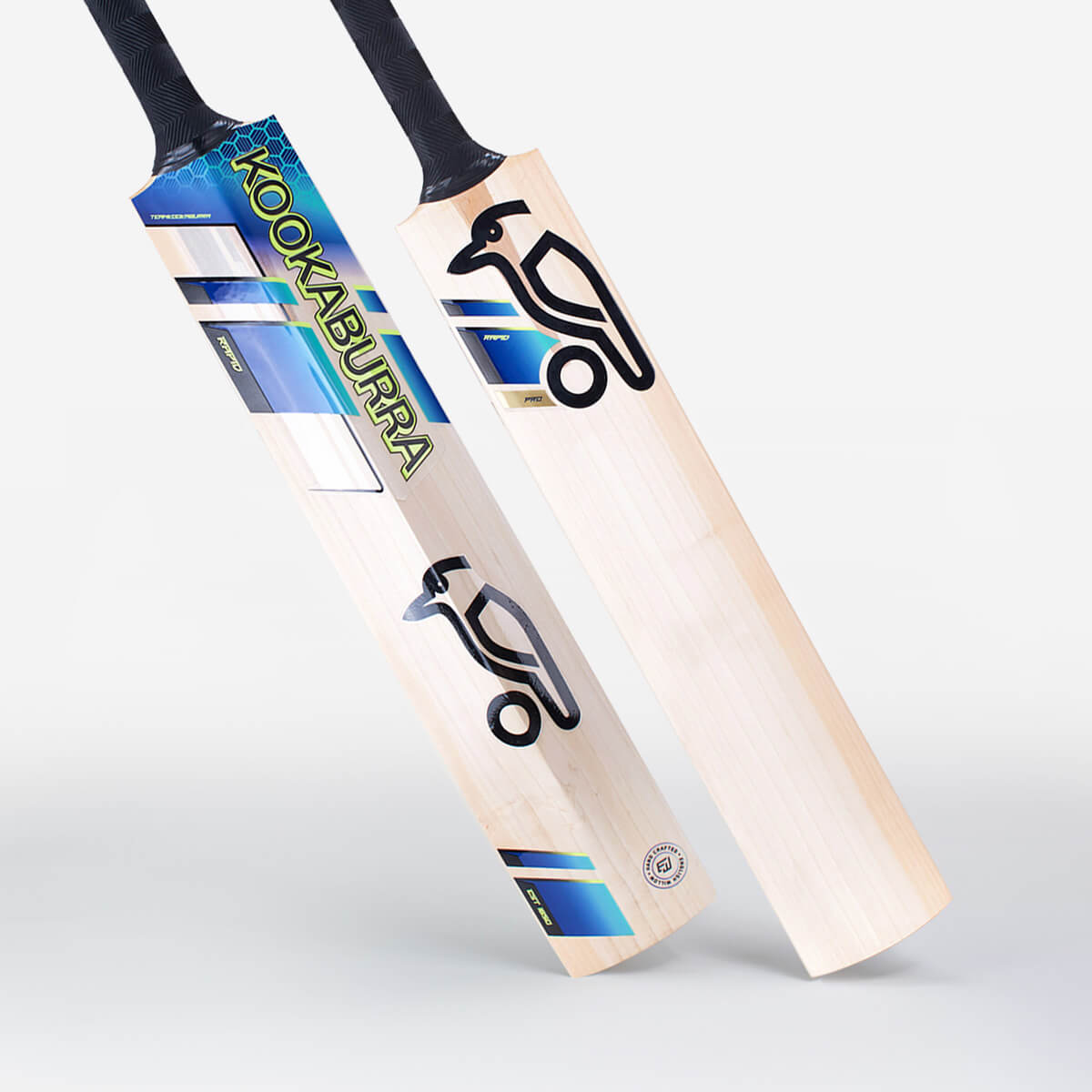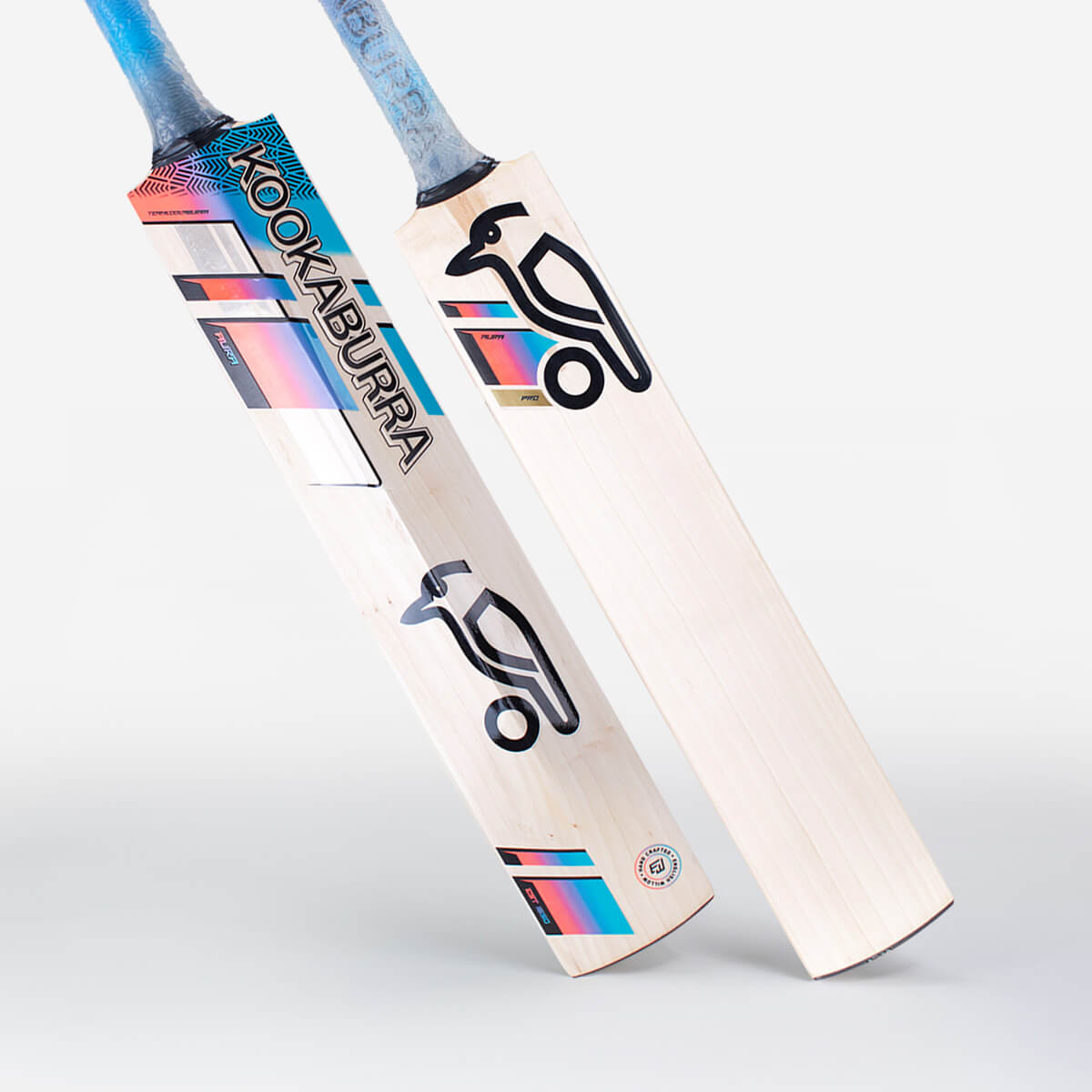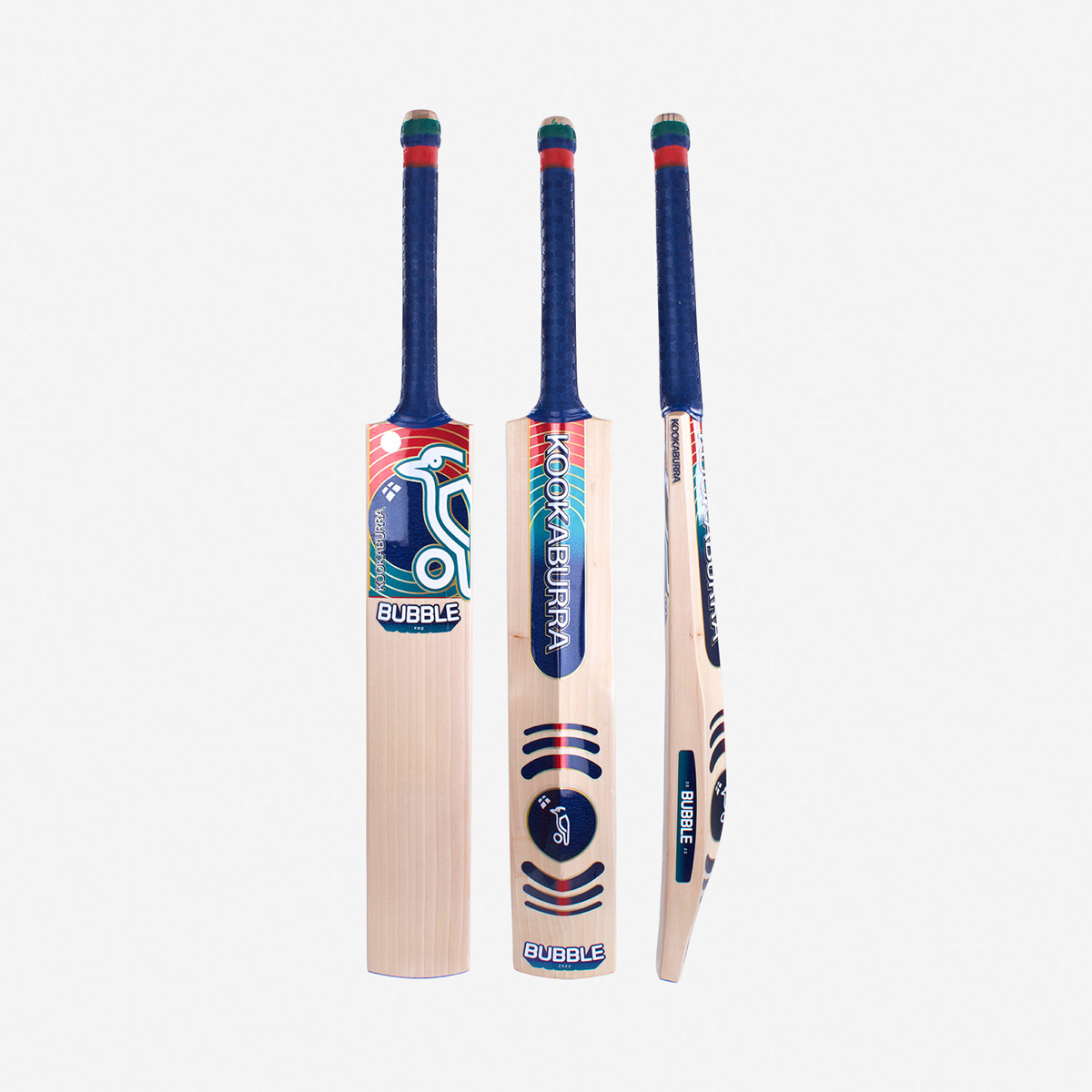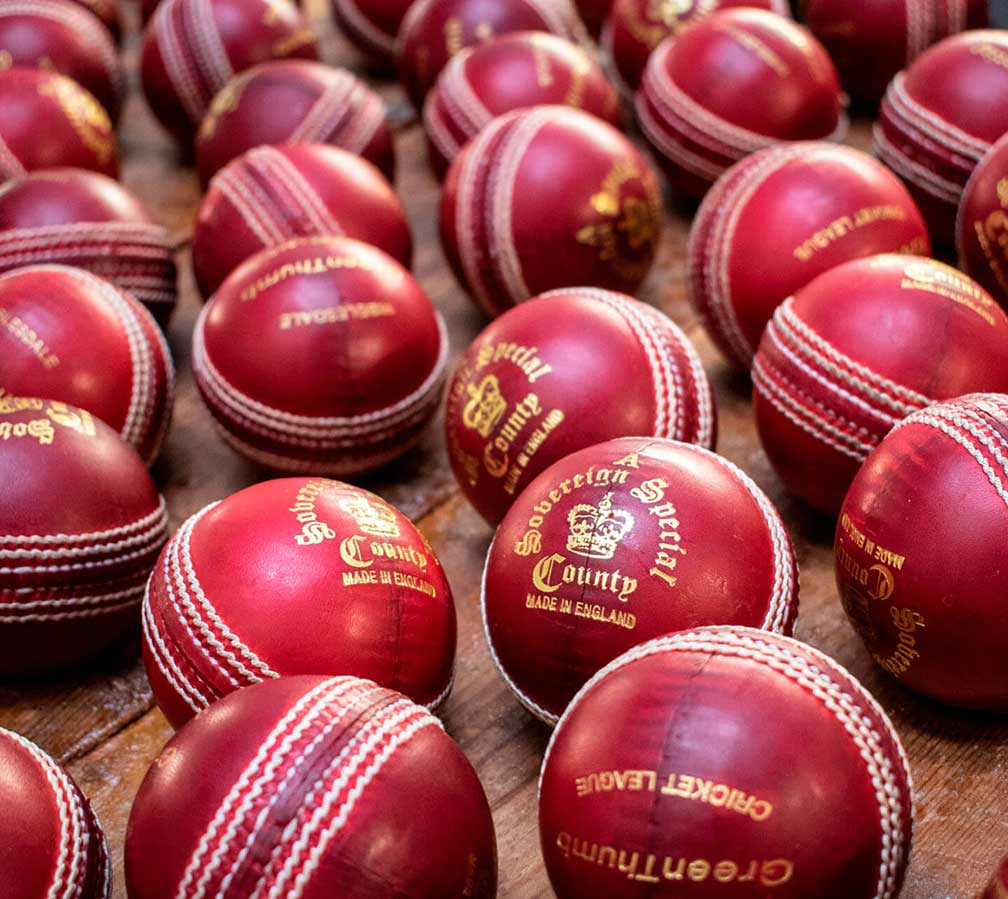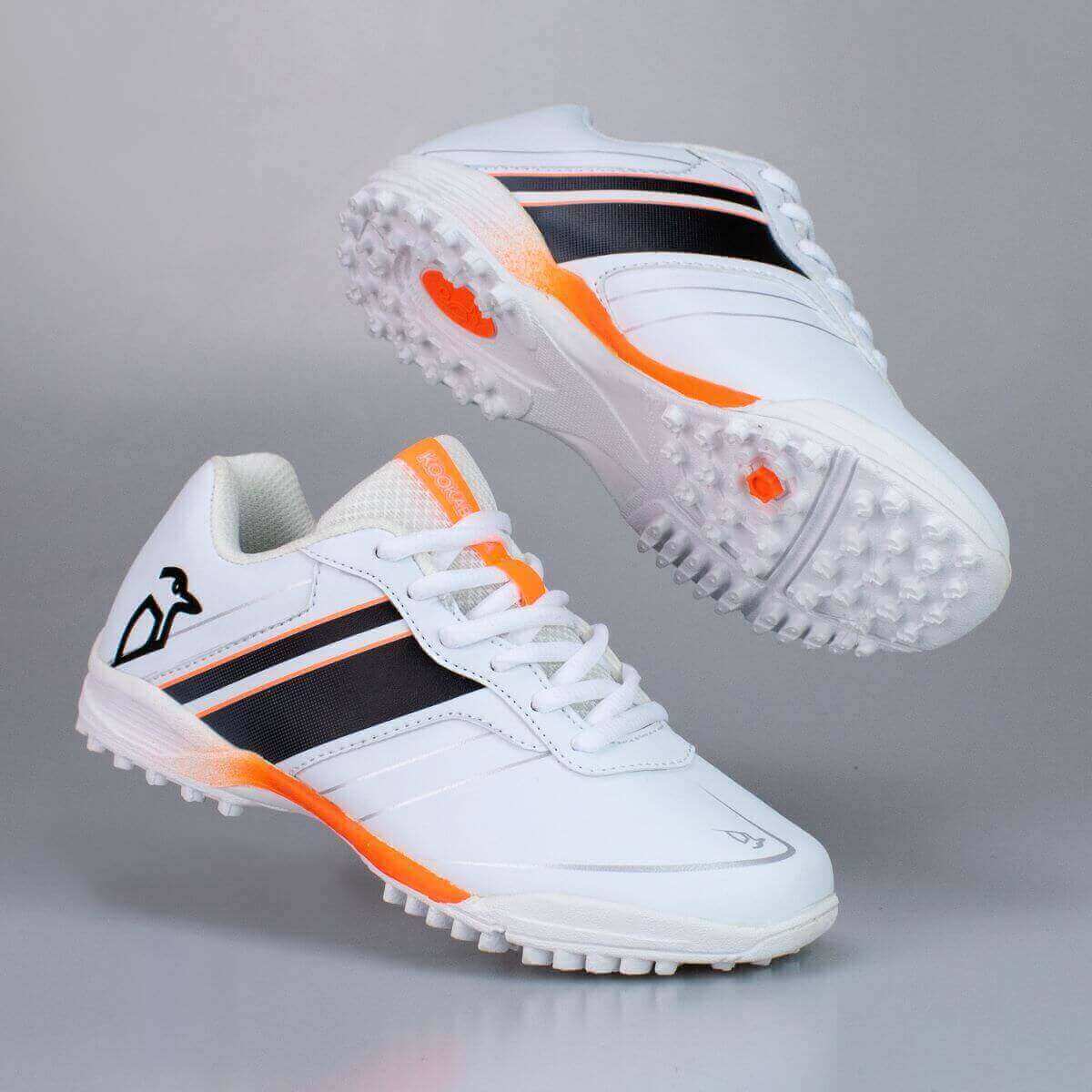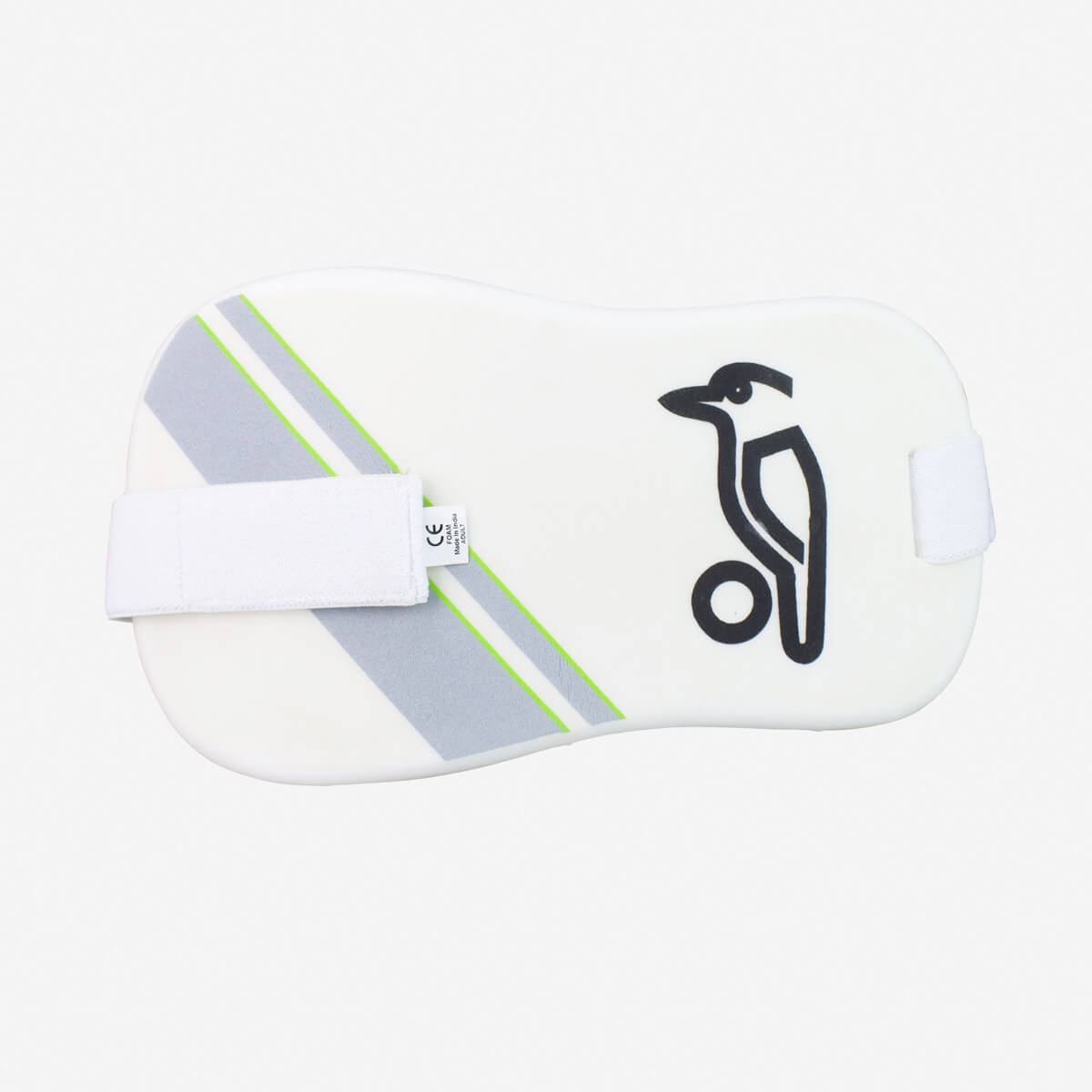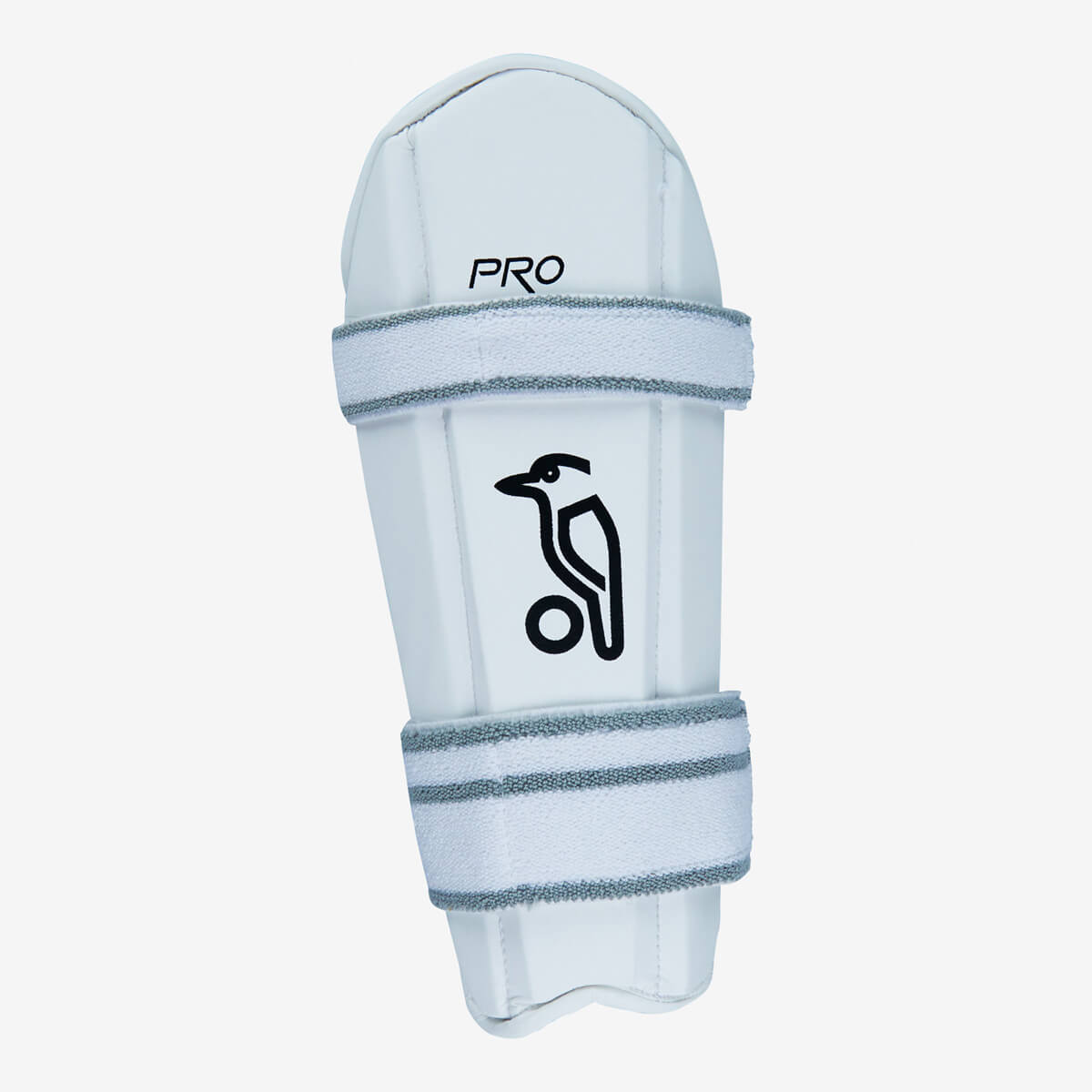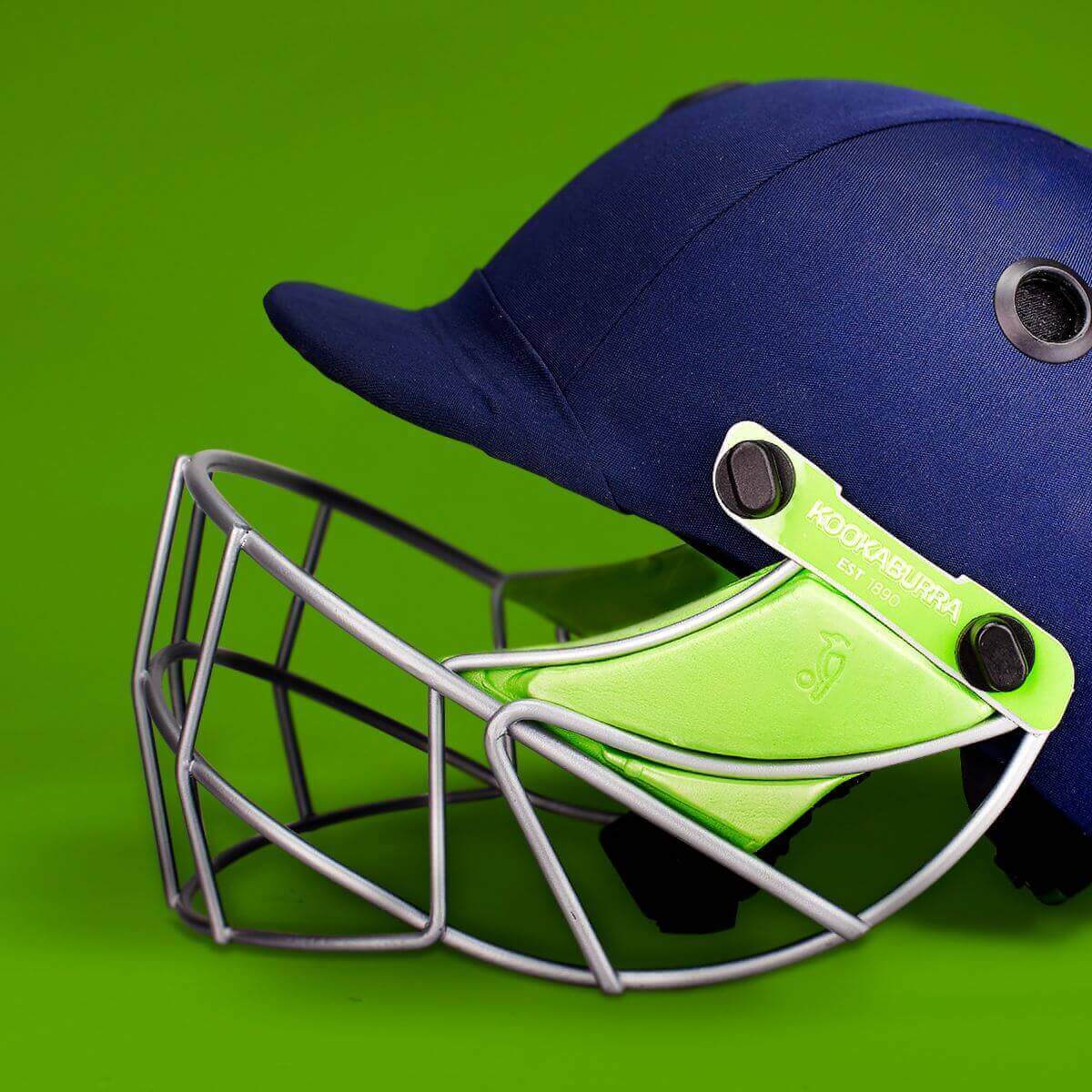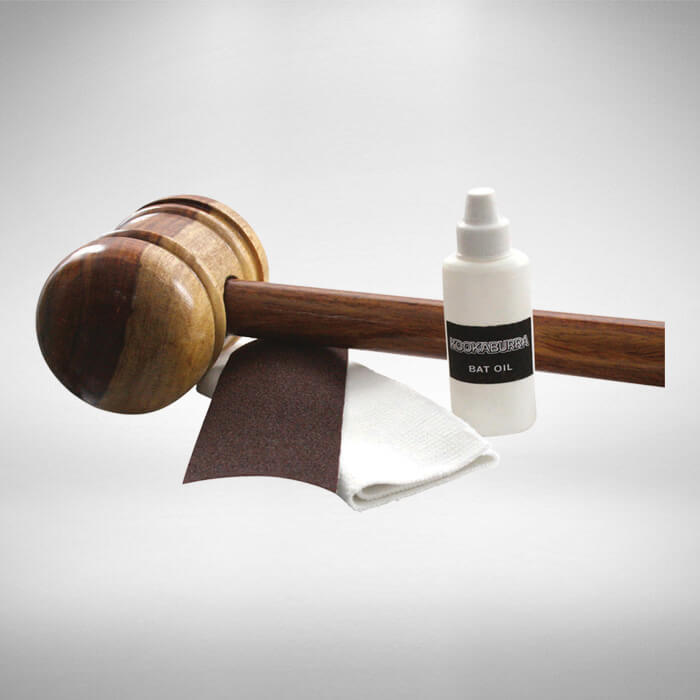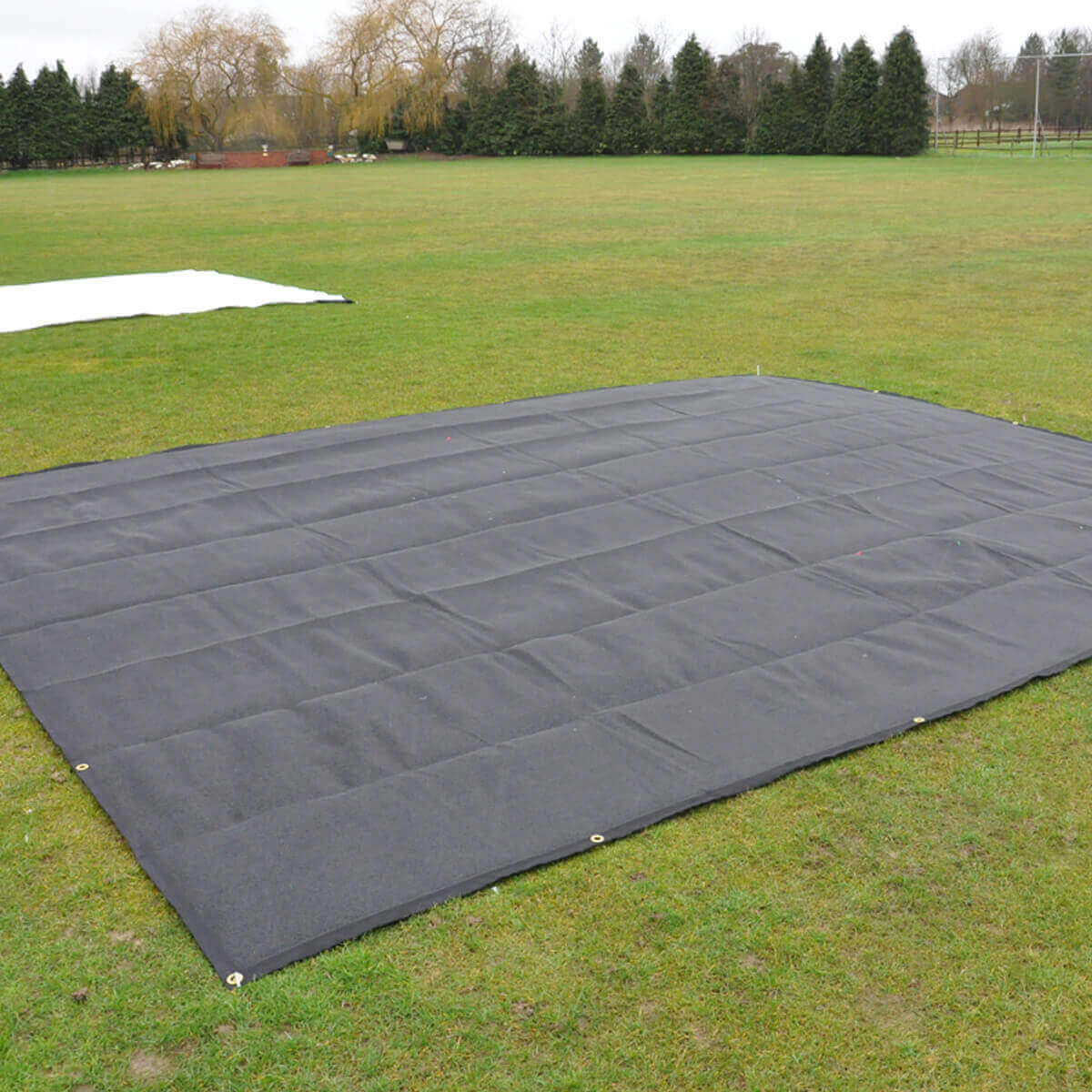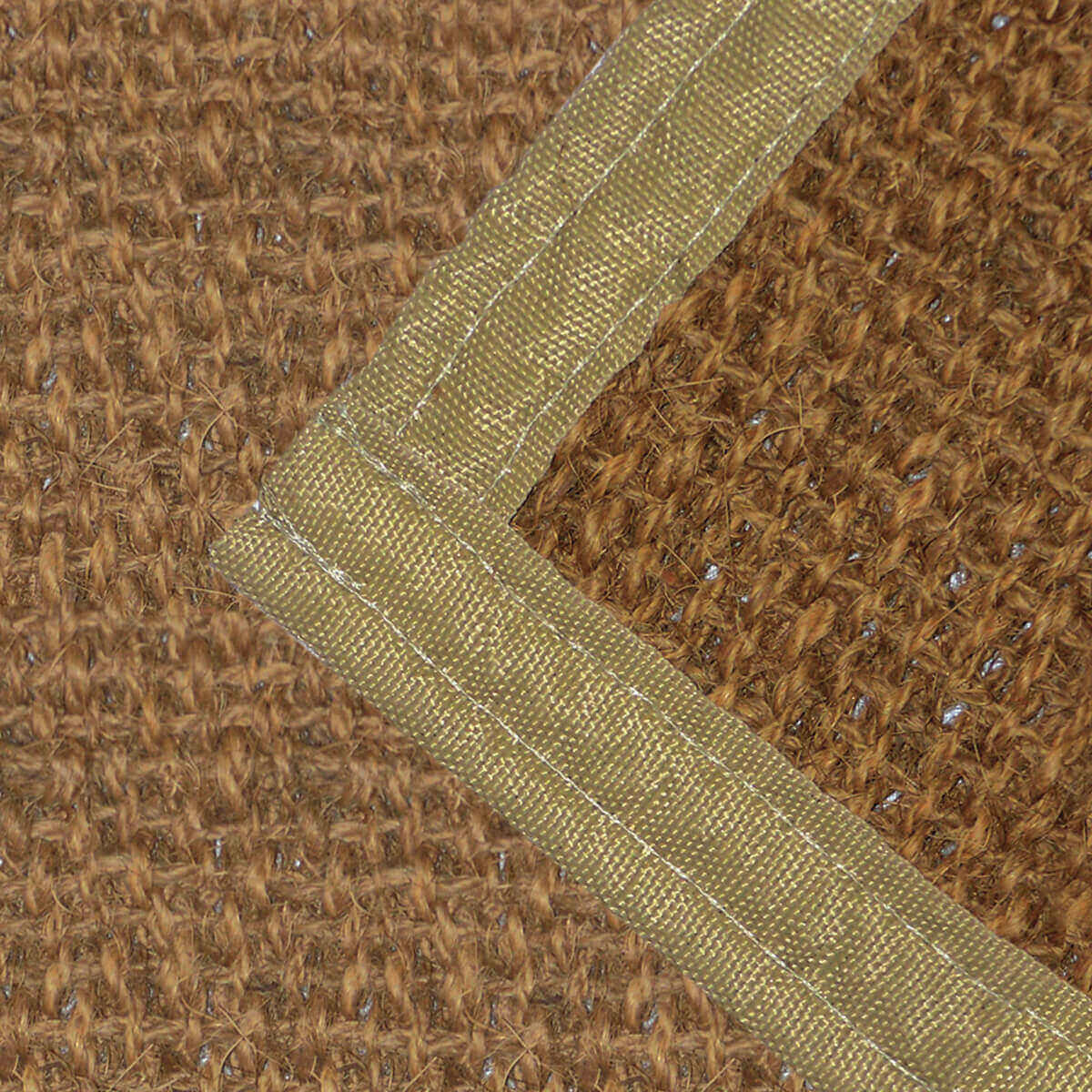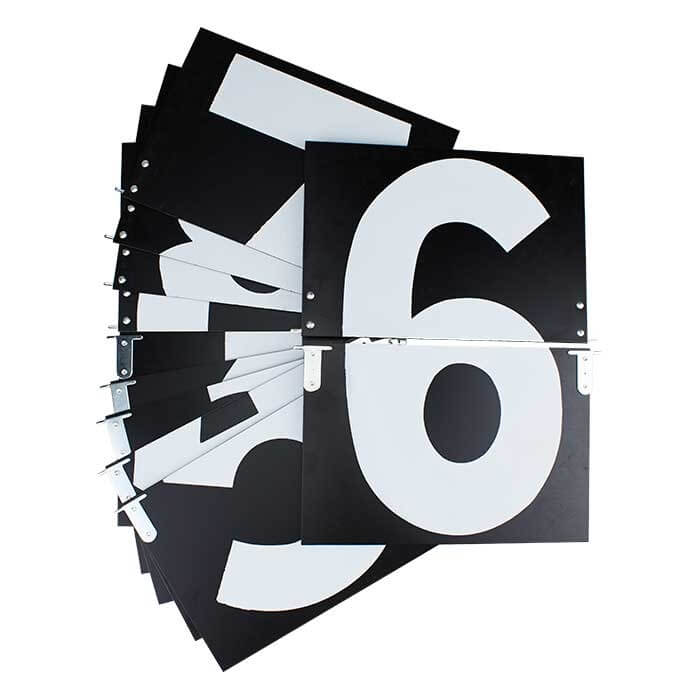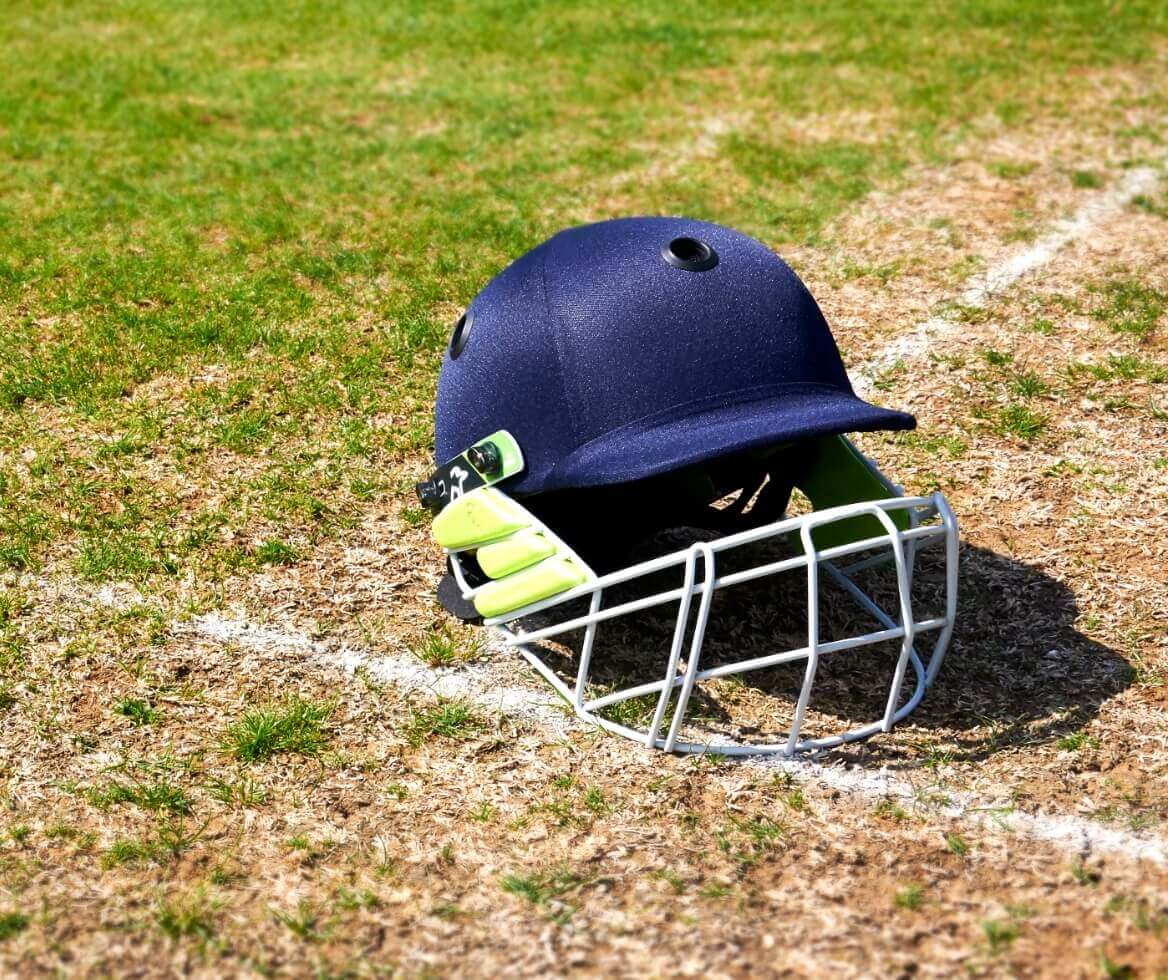Cricket is one of our planet’s most beloved sports, with a history dating all the way back to the 16th century. Although the basic premise of the game has remained the same, almost everything else has changed since the early days. Technological advancements have seen the arrival of bowling machines and other practice aids, while more clearly defined regulations have made the sport more accessible, safer and fairer for every player.
Not everything has transformed beyond recognition, though – one aspect of the game that has remained relatively consistent is the cricket ball. If you’re just getting into the sport and want to know how to choose the right ball for practice sessions and matches, you’ve come to the right place. In this comprehensive guide, we’re going to cover everything you need to know, from the history and evolution of cricket balls to the different types, regulations and the differences between them.
Not only that, but we’ll cover the construction of cricket balls and offer recommendations to help you identify the right option for you.
How cricket balls have evolved
First, let’s take a step back in time to the very first dedicated cricket balls, which were manufactured right here in Britain. The world’s first six-seam balls made an appearance in the late 18th century, and comprised three key elements: a cork centre, a twine middle section and a leather outer layer. Cricket is a game steeped in tradition so, despite the sport embracing technological advancements in many other areas, the basic design of the cricket ball has remained much the same. After all, if it ain’t broke, why fix it?
A number of brands now offer their own take on this tried and tested formula, including names like Readers and Kookaburra. Leather and twine cricket balls have also been joined by alternative designs, including plastic and foam products aimed at indoor play and training use. More on those later, but for now, let’s take a closer look at the anatomy of the classic match cricket ball.
The anatomy of a cricket ball
Although modern match cricket balls are more tightly regulated and more precisely manufactured than ever before, their basic design has remained much the same for more than two centuries. Here’s a closer look at how they’re manufactured, which materials are used and why.
Cork core
Just as it was in the 18th century, cork remains the chosen material for cricket ball cores. Why? It’s lightweight, elastic (helping give the ball enough bounce) and impermeable, meaning it won’t degrade when exposed to moisture. As an added bonus, cork is a sustainable choice; biodegradable and recyclable, it’s as good for the planet as it is on the cricket pitch.
Layers of twine, nylon or wool
Here’s where modern cricket balls begin to differ somewhat from their 18th-century counterparts. Earlier balls encased the cork core in layers of twine, while modern balls instead often use nylon or wool, which are wrapped tightly around the core. The purpose of this second layer is to reinforce the cork centre, holding it together and allowing it to withstand blow after blow.
Leather cover
The iconic outer layer we’re all so familiar with. Leather remains the material of choice for cricket balls, largely because of its durability and the feel it offers bowlers. The combination of a leather exterior and stitching (more on that in a second) provides plenty of grip, helping bowlers deliver the ball consistently.
Leather is also a relatively weighty material. This added mass gives the ball the momentum it needs to fly further than an equivalent foam or plastic ball. And, to top it all off, the leather exterior is the perfect place for the ball’s manufacturer to showcase its branding.
Stitching
The finishing touch that quite literally ties everything together. On a typical match ball, up to six rows of stitching will be used to thoroughly reinforce it and hold each of the layers in place. As we mentioned earlier, the stitching doesn’t just hold the ball together: it adds texture to the surface, making it easier to grip. Over time, bowlers have learned to use the seam to create movement in the ball flight, either through swing in the air or through ‘turn’ when the ball hits the pitch.
Choosing the right cricket ball
Now you know how cricket balls are manufactured and how they’ve evolved over the years, it’s time to take a closer look at the different options available. Although most match cricket balls look pretty similar and use similar materials in their construction, they’re not all the same; different weights, sizes and colours are available to suit different age groups, match types and playing styles.
That’s before we even get into practice and indoor balls, which utilise completely different designs and construction techniques. So, to help you make sense of all your options and work out which type of ball is right for you, we’re going to delve into the specific differences between each of them below.
Playing format
The style of the ball you choose will depend largely on the type of match you intend to play – or whether you’re intend to play one at all. Professional cricket regulations stipulate that adult match balls must weigh between 5.5 and 5.75 ounces (155.9 to 163.01 g) and measure between 2.8 and 2.86 in (7.11 to 7.26 cm) in diameter.
If you’re just getting into the sport and simply want to practise and hone your skills, you won’t need to worry about these regulations. Instead, you could opt for a practice or training ball, a lower-cost and more beginner-friendly alternative. Many young players even start out using tennis-style cricket balls like the Readers Allplay.
Skill level and age
As we touched on above, your current skill level and age will also affect which type of ball you choose. For instance, if you’re younger than 13 you’ll want to look out for a junior ball, which is a different size and weight to its adult counterpart. Junior balls weigh between 4.69 and 5.06 ounces (133 to 144 g) and have a smaller diameter of 2.57 to 2.76 in (6.53 to 7 cm).
Quality
Practice and training balls aside, match balls are sometimes assigned grades based on their level of quality. Kicking things off are entry-level training balls, the most affordable option. Although they’re perfectly fine for recreational use, they’re not produced to a consistent enough standard to be eligible for use in club or professional matches. If you’re just starting out and want to get a feel for the game before you go any further, this kind of ball will do the trick.
If you’re more serious about the game and want to take your skills further, consider a mid-range ball. Suitable for club matches and used by many aspiring players in practice sessions, these balls offer a happy medium between quality and affordability. They’re not the most durable or high-quality balls out there, but they’re also much more affordable than top-tier, pro-level balls.
Speaking of top-tier, Grade-A balls are the very best out there. Used by your cricketing idols on the world stage, Grade A balls are the default choice for all League, County and Test matches. What makes them different? Well, not only do they use superior quality materials and finishes, they’re hand-stitched for optimal durability and consistency. Each and every Grade A ball meets strict quality standards, resulting in a more predictable feel, improved grip and enhanced strength.
Colour
We’re all familiar with red cricket balls – they’re used in test matches because they contrast so well against the white clothing worn by professional players. When you’re staring down a pro-level bowler, that added visibility is all-important – and it makes the game easier to follow for those watching in the grandstands and on television.
Red balls aren’t the only option out there, though. White leather balls are typically used in limited over games, again for visibility purposes. Because players wear coloured attire in these matches, red balls wouldn’t always work – hence the use of white dye instead.
Sometimes, test matches run on into the evening. With low light comes reduced visibility, and the classic red ball simply wasn’t cutting it for many professional players. Following complaints about the visibility of red balls under floodlights, pink balls were introduced in 2015 – and they continue to be used in day-night test matches to this day.
That’s match balls covered, but what about practice or training balls? They come in all kinds of different colours, from vibrant yellows and oranges to more traditional shades of red and white. Choose whichever contrasts most with your practice setting for optimal visibility.
Price
Price will always factor into any buying decision, although cricket balls are all pretty affordable. With that said, junior, indoor and practice balls tend to be the cheapest, with prices starting at little over £2. Naturally, Test-level Grade A balls are the most expensive, often coming in at upwards of £35 per ball.
Brand
As ever, it’s important to buy from a brand you trust – a name with a solid reputation. While there are plenty of newer names in the world of cricket, most cricket leagues use balls from established manufacturers like Readers. This world-famous British brand supplies cricket balls to more leagues than any other and offers a wide range of balls to suit players of all ages and skill levels. From cost-effective practice balls to hand-stitched Grade A models, Readers does it all.
Shop online at 3D Sports today
Well, there you have it – our comprehensive guide to cricket balls. Now you know everything you need to know about them, head over to our online store to find exactly what you’re looking for.
At 3D Sports, we offer a comprehensive range of cricket match balls from top brands like Readers, with options available to suit junior and adult players of all levels. If you’re just starting out and want to level up your technique, why not check out our range of training balls? From tennis-style balls to dimpled, bowling machine-friendly options from brands like BOLA, we stock plenty of options for every player.
To get started, explore our complete range of cricket balls and order yours online today.



